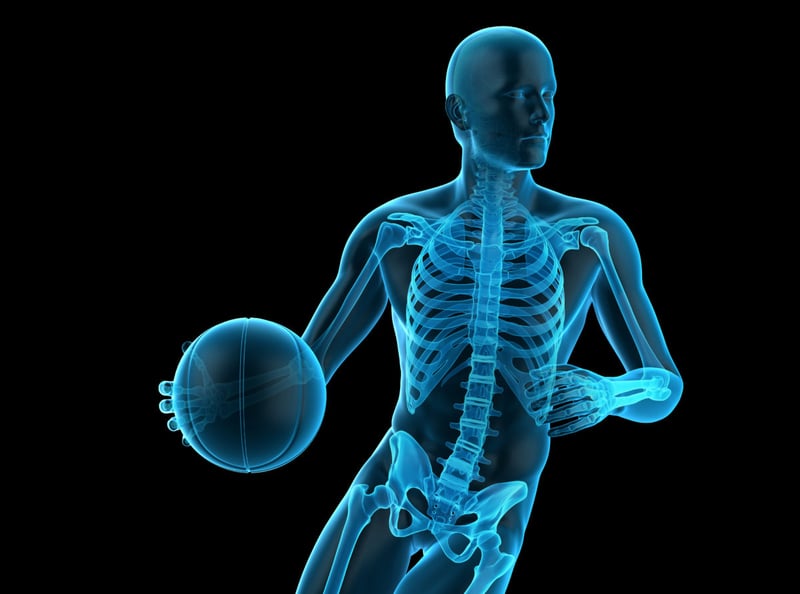
Cabarkapa, D and Fry, AC. Presented at the Central States American College of Sports Medicine Annual Meeting (CSACSM) 2021.
“This exploratory analysis suggests a positive relationship between kinetic parameters observed in the present study during in-season CMVJ testings and on-court rebounding performance.”
POPULATION: Twenty-seven Division-I men’s basketball players were monitored during each competitive season for a total of six consecutive years.
The questions covered:
The purpose of this exploratory study was to examine a relationship between jump kinetic variables and game rebounding performance in men’s basketball. This exploratory analysis suggests a positive relationship between kinetic parameters observed in the present study during in-season CMVJ testings and on-court rebounding performance.
However, there are additional factors that need to also be examined more closely (e.g., playing position, style of play, game strategies) that may have substantial contributions on the rebounding performance. Although being able to accurately classify T vs. B performers in 78% cases (λ=0.62; χ2=11.23; p=0.01; R2-canonical=0.61), an ANOVA test showed no significant differences (p>0.05) for Eccentric Rate of Force Development (LOAD), Average Relative Concentric Force (EXPLODE) and Relative Concentric Impulse (DRIVE) between groups.